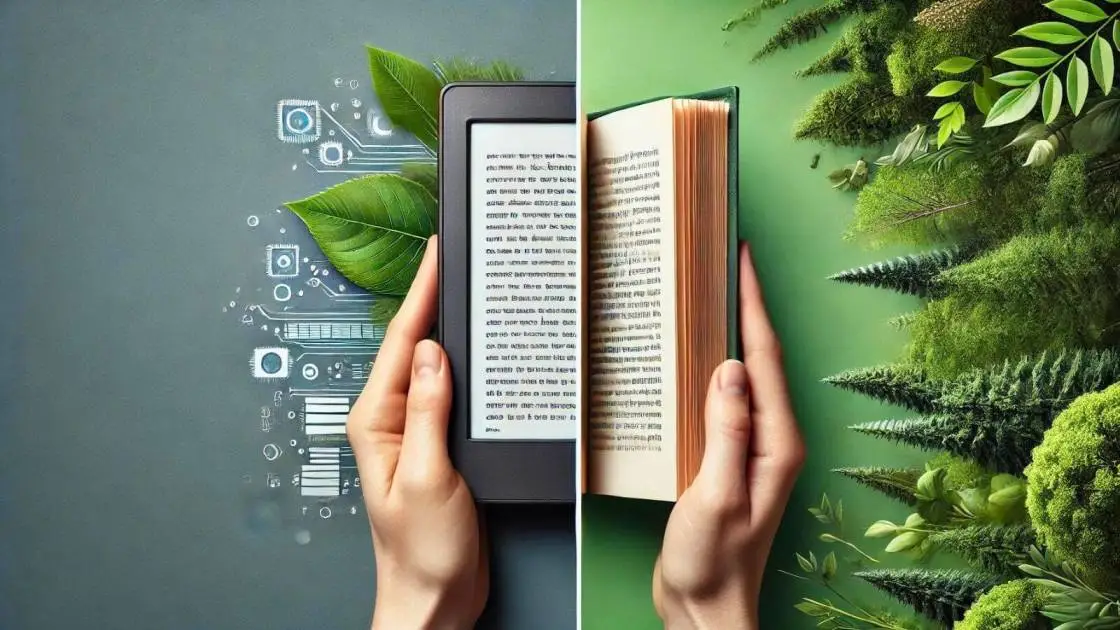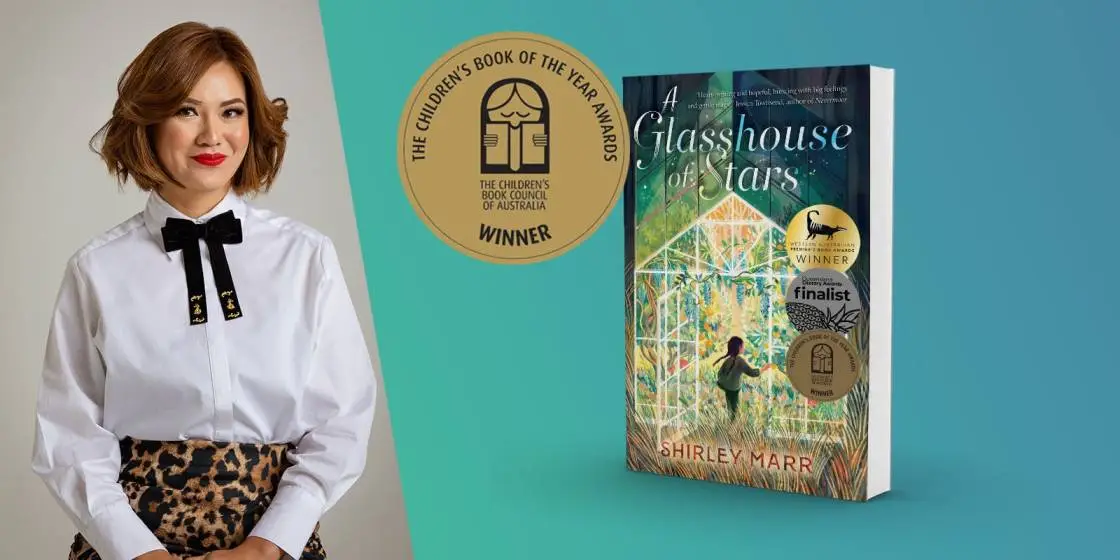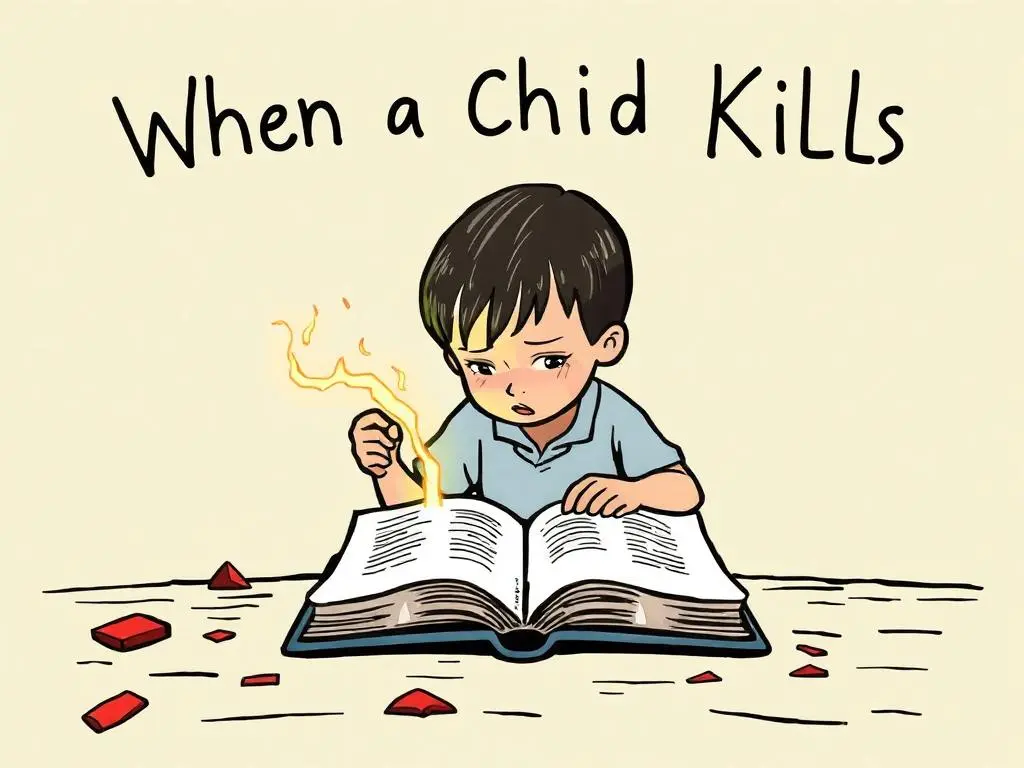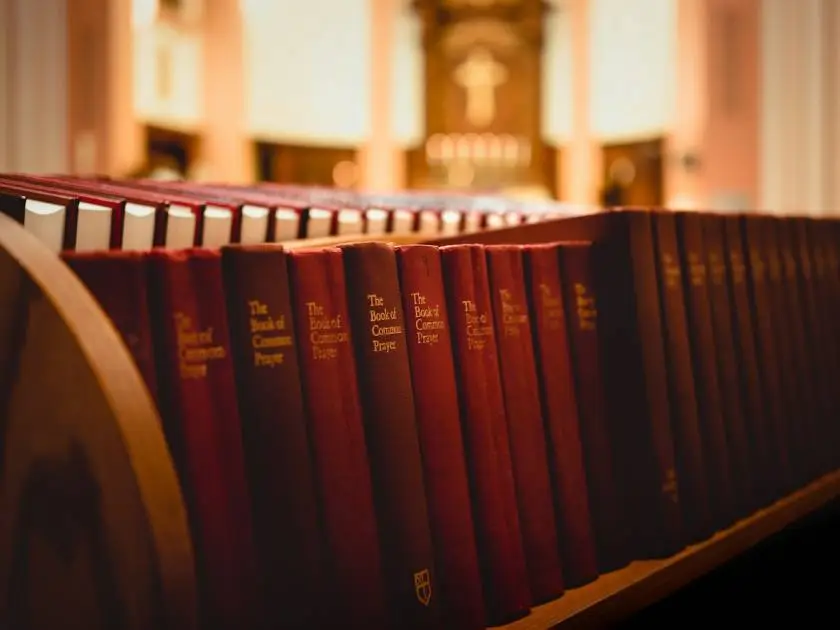He Makes Physics Funny

Tom Gauld’s drawings have always had a cerebral bent. One of the Scottish cartoonist\'s most famous New Yorker covers is of a women reading in a room filled with impossibly tall towers of books. It looks like a fantasy.
Over the past few years, Gauld’s style has become instantly recognizable. His figures are as slender and featureless as Giacometti’s. They stand in for a kind of Everyman or woman, up against institutions and social mores that Gauld is intent on presenting as silly. Sometimes these people are tiny and robot-like, other times enormous and lumbering. His targets can be esoteric, as in the recent “Baking With Kafka,” where he sends up Proust, the Brontë sisters and Margaret Atwood.
This month, Gauld will publish “Department of Mind-Blowing Theories,” a collection of his comics that since 2014 have appeared in the British magazine New Scientist. Gauld is probably the first to even imagine such a thing as “science cartoons,” but some of their titles hint at the rich material he has found in a seemingly somber field: “The Future Adventures of Schrödinger’s Cat,” “Picture Book Suggestions for Young Bacteriologists” and “Pavlov’s Household.”
I spoke to Gauld after he had left London and his work space for the countryside because of the coronavirus. But our photographer was able to catch up with him on one of his last days there.
Tell me about your studio and how you use it. It looks quite compact.
It’s in Dalston in East London. It’s in a kind of shared work space with two other artists. I go there every day. I get there at 8:30 a.m., basically trying to keep office hours and make all my work either there or sitting in local coffee shops drawing in my notebooks.
At the end of the day, I like to lock the door and come home and pretend that I have a real job.
Is it strange to work in a space with two other people?
No, I’ve always shared a work space. I guess because I’m a kind of a morning person, I get a couple of hours often on my own at the beginning of the day to gather my thoughts, which I like, but I like having other activity going on around me. The other guys are an illustrator and a designer. It’s great to have somebody to bounce ideas off and ask for help. I’m quite colorblind. So when I’m coloring, I often have to say, “Is this person’s skin color natural? It hasn’t gone to green or anything?”
Are you literally colorblind?
I’m not the sort of extreme colorblind where you only see black and white, but I have red-green color blindness, so I can get lime green and beige mixed up and other things like that. I’ve had to work out ways of making sure I don’t mess that up.
It looks like a very organized space, and made me think of your style too, which is quite clean. Is that an insight into your mind?
I guess my process is that there isn’t a lot of flailing around and throwing paint at walls and stuff. It’s all happening on quite a small scale with a pen and a notebook. So the work space is quite like an office in a way, more than an artist’s studio.
What kind of books do you like to keep there? Is it OK to have other people who are working in the same medium?
At the studio, I have lots of illustrated books by people working in the same medium. And, you know, I do sometimes like to flick through and see if some little thing from, like, an Edward Gorey book or one of my other illustration heroes will inspire me in that moment. I have other things around me, little toys and little models I made out of Lego there, and my own drawings pinned on the walls. I guess it’s just trying to keep a bit of visual excitement around me.
I can see the Lego influence in your work.
As a kid, I was slightly obsessed by Lego and I think it’s wired my brain, even in the drawing. I think what I really like about Lego is that the pieces are so sort of beautiful and well made, you almost can’t fail to make something lovely out of them. And in a way my drawing is not about virtuoso movement on the page. It’s about taking simple elements and piling them up and building them into stories.
You mentioned Gorey. Who are the other people you would claim as illustration inspiration or predecessors?
Well, I love Edward Gorey. I love Gary Larson’s Far Side cartoons. Also an inspiration for my drawing is my dad, who was an architect. As a kid, there was always paper around. I’d go and visit him in his office and see him drawing on the drawing board with a ruler and a pen. I think my cartooning is kind of like, I saw him drawing all day and thought, “That looks lovely,” and then I saw him go into a building site and arguing with a builder, and I thought, “That looks awful.” I basically wanted to find a job where I could do the drawing without having to shout at anybody.
The drawers look very much like an architect’s big long drawers.
There probably is a subconscious Freudian attempt to recreate a grown-up office like my dad had. It’s also, I guess — I make a lot of drawings. I’m not working for weeks on end on things. I need all those drawers, and there is something very satisfying about putting things in a nice drawer.
Can you say a little about how you developed your style, which on the surface has a kind of willed simplicity to it?
I studied illustration at art school, and I did spend a long time trying to find a style, which is a sort of typical art-student thing to do, where you’re panicking that your work isn’t unique. I did lots of dreadful work, and work that failed, and I copied people.
But when, late in my time in college, I got into drawing comics, I found that telling stories and being funny and making jokes was so much hard work and so difficult that I didn’t really have any energy left for making the drawings look nice. I used my default style, the way I draw a diagram to explain something to somebody, or the way I draw a quick doodle on a friend’s birthday card. I sort of accidentally tricked myself into not trying to have a style, and this other simpler thing came out in those first comics.
I’ve neatened it up, and I do want it to look nice on the page. But I guess I just got into this quite diagrammatic style, which still has enough handmade wobbliness that it’s not cold. Occasionally I have to push it in one direction or another because you can’t do everything with stickmen. My earliest cartoons were all just tiny little black stickmen with no features, and I’ve had to learn, in order to tell stories, to open it up a bit.
In addition to covers for magazines like The New Yorker, and the book-length narratives, you create columns for The Guardian and New Scientist. What’s appealing about those?
I like the weekly-ness of it. And knowing by the end of Tuesday, no matter what, I have to hand in the very best thing I can do. It sort of stops me from becoming a completely mad perfectionist. There’s something nice about that feeling that they’d rather have an imperfect finished cartoon than an empty space in the newspaper, and that psychologically helps me.
What’s always struck me about your work is your interest in intellectual worlds that wouldn’t seem funny on their face.
I like working with a subject that is quite serious or maybe even highbrow or maybe even what someone might call boring, like literature or science. But actually, quite often, the jokes are pretty silly. They’re kind of dressed up in the clothes of cerebral stuff, but I feel like that it’s my job to do the funny part.
My favorite ones mix up a reference like “Finnegans Wake” and just some really silly joke, which you don’t need to know the details of “Finnegans Wake” to get.
But with the science cartoons in particular, don’t you have to have some knowledge about a subject matter that’s quite specialized?
You have to know it, not deeply, but you need to know it at a certain level in order to make jokes about it. I don’t think nearly as deeply as people imagine, having read the cartoon. But yeah, that was a challenge. So I sort of went on a self-education project. I’ve now been doing that for five years.
Scientists and writers aren’t that different. And quite often the same jokes about frustrating publishers or fear of failure apply to both.
This interview has been condensed and edited.
Produced by Erica Ackerberg.
Follow New York Times Books on Facebook, Twitter and Instagram, sign up for our newsletter or our literary calendar. And listen to us on the Book Review podcast.




